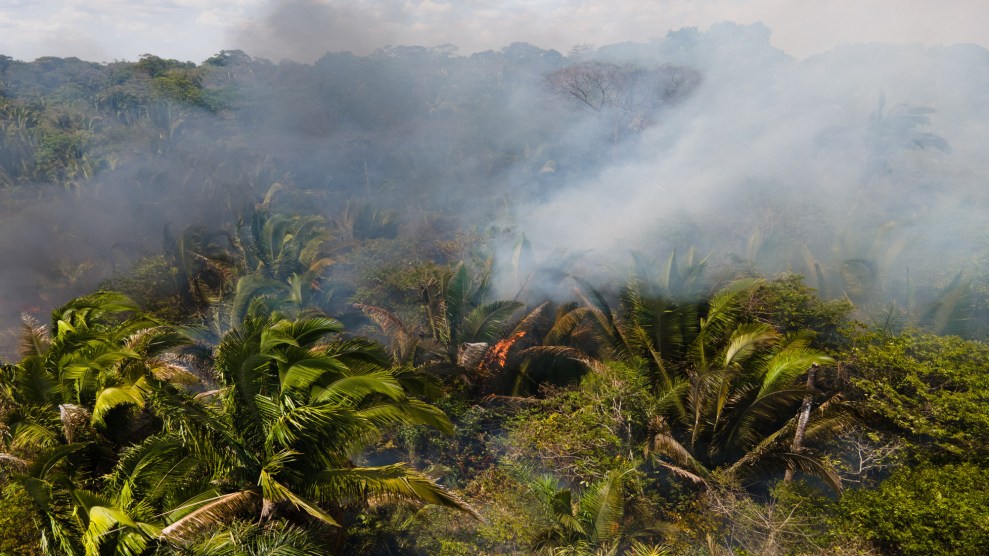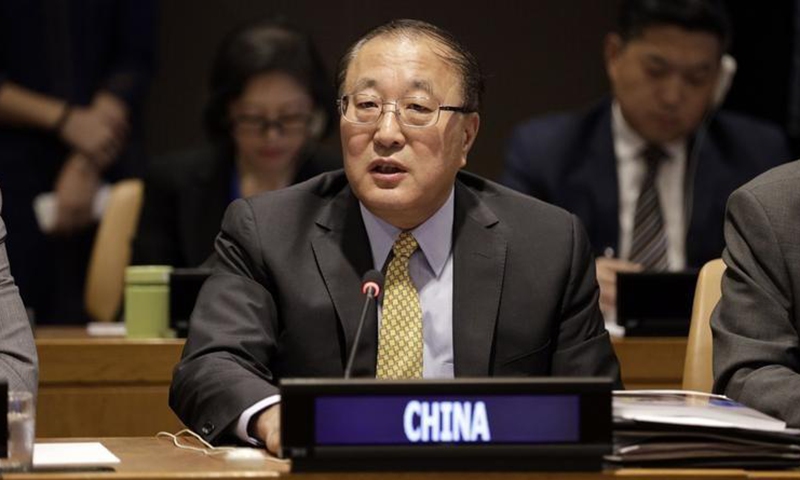Climate change is forcing cities to rethink their tree mix
2022/12/27

A blue medallion is pinned to an Ash tree in Chicago, which indicates it has been treated with pesticide to kill the Emerald Ash Borer and keep the tree alive is viewed on June 29, 2016. -
Nova Safo/GETTY IMAGES NORTH AMERICA/TNS
Cities need to plant more trees. But not just any trees.
As communities prepare for a massive influx of federal funding to support urban forestry, their leaders say the tree canopy that grows to maturity 50 years from now will need to be painted with a different palette than the one that exists today.
“You need a tree that’s going to survive the weather of today and the climate of the future,” said Pete Smith, urban forestry program manager with the Arbor Day Foundation, a Nebraska-based nonprofit that supports tree planting and care.
Forestry experts say trees are critical infrastructure that can help cities withstand the effects of climate change by providing shade, absorbing stormwater and filtering air pollution. But to do that, the trees themselves need to be resilient.
“We’re developing planting lists that are diverse, that look at tolerance to drought, storm events and flooding, heat, changes to the highs and lows,” said Kevin Sayers, urban forestry coordinator with the Michigan Department of Natural Resources. “The extremes in the weather are really going to limit us.”
While arborists look for trees that will thrive in the climate conditions they’re likely to face in the coming decades, scientists say they can’t simply count on a handful of climate “winners.” Many cities, for example, have lost vast amounts of their tree canopy because they relied too heavily on one tree type that was later wiped out by a pathogen or pest, such as Dutch elm disease or the emerald ash borer.
“Unless we start diversifying the urban forest, we're going to end up losing quite a bit of it again,” said John Ball, South Dakota State University Extension forestry specialist and South Dakota Department of Agriculture specialist on forest health.
Ball urges cities not to plant more than 5% of any one genus of tree, but many communities have struggled to reach the diversity goals that he and other forest health experts recommend. Foresters say it takes effort to determine which trees will grow in challenging urban conditions, and nurseries often lack the less common trees they’re looking for.
Amid those challenges, cities and states are preparing to receive $1.5 billion in urban forestry funding approved by Congress earlier this year as part of the Inflation Reduction Act. Forestry leaders say that the newfound support will be transformative, but turning the money into a healthy tree canopy decades from now will be a complicated task.
“The pressure is on, but in a good way,” said Kesha Braunskill, urban forestry coordinator with the Delaware Forest Service. “This is a once-in-a-career opportunity for all of us in urban forestry, and how we use it is going to impact those who are in our positions 50 years from now.”
‘A Little More Picky’
Some cities already are making changes.
Jeremy Harold, green space manager for Harrisonburg, Virginia, said the city once took a “cookie cutter” approach to tree planting, but is now working to broaden its species mix. The city sits in the Shenandoah Valley within the Appalachian Mountain range, but it has added trees such as willow oak and sweetgum from Virginia’s coastal plain region.
“I’m putting them in our inventory now, because as temperatures rise, those trees will be adapted,” Harold said. “We’re looking for species that can tolerate those temperatures and survive.”
In Seattle, many of the city’s bigleaf maples and western red cedars are struggling in urbanized areas. Foresters are now careful to plant them in favorable microclimates, with conditions such as good soil moisture and north-facing slopes that remain cooler.
“We’re being a little more picky about where we put them on the landscape,” said Michael Yadrick Jr., plant ecologist with Seattle Parks and Recreation.
Meanwhile, the city is planting more Pacific madrone and Garry oaks that tolerate hotter, drier conditions. And within individual tree species, it’s adding trees grown from seeds taken from further south in their range, with the goal of adding resilient genotypes to the mix.
State officials in Texas operate a genetic improvement program that has produced nine “Texas Tested, Texas Tough” tree species that are adapted to handle difficult conditions, including Shumard oaks and bald cypress.
“They've gone through this iterative process for decades and have proven to perform in this harsh environment that is Texas urban areas,” said Gretchen Riley, Forest Systems Department head with the Texas A&M Forest Service.
The agency provides seedlings to communities and is working to offer seeds to growers who can produce their own supply. It’s also working with six other states in the region to exchange species and genetic lines and test their viability in various conditions.
Scientists at the University of Florida are working to determine which trees best withstand high winds. They’re hoping to expand an existing Florida-based classification system by looking at research from hurricane-prone communities worldwide.
“We'd like to see this list used to target wind-resistant species in areas where a tree falling over could damage property or harm people or infrastructure,” said Allyson Salisbury, a researcher at the university.
Foresters say their preparations won’t result in a complete makeover of the trees they plant. They emphasize that such decisions are an inexact science that could carry unintended consequences.
“People say we should bring species up from Southern locations,” said Lydia Scott, director of the Chicago Region Trees Initiative, a partnership of organizations and agencies dedicated to improving the area’s urban canopy. “That's fine until we get a two-week cold snap in the winter that kills off all those trees that are not adapted to the cold.”
A Need for Seed
Above all, experts say that diversity is the best way to ensure that many trees survive the changes that are coming, rather than pinning all their hopes on guesstimates of which trees might thrive. In most communities, the existing tree canopy is far from that goal.
“Many cities are dominated by a small number of species or genera,” said Mark Ambrose, a research assistant with the North Carolina State University College of Natural Resources. Ambrose, whose position is funded by the U.S. Forest Service, has researched the makeup of the country’s existing urban tree canopy.
Elm trees once were among the most prominent trees in America’s urban forests. When Dutch elm disease wiped out many of those trees, many cities replanted with ash. Now they’re taking down millions of trees that have been ravaged by the emerald ash borer. Today, maples proliferate in cities, and foresters are casting a wary eye toward any threats to those trees.
“You could plant elm and ash anywhere on any soil and grow them,” said Ball, the South Dakota forestry specialist. “Now we’re done with the easy trees. You better know what your soils are like. You’ve got to understand the micro-environments in your community and fine-tune your plantings.”
Urban forestry leaders say they want to plant a greater diversity of trees, but getting the seedlings they need has proven to be challenging.
“Nurseries have a shortage of the species diversity we’re looking for, and that’s tough to crack because it’s the private sector,” said Keith Wood, a contractor with the National Association of State Foresters who staffs the group’s committee on urban and community forestry.
Arborists cite a feedback loop wherein nurseries grow only what sells, and cities buy only what’s available. Some have gotten around that loop by contracting with nurseries in advance to grow the seedlings they’ll need in the coming years. The Chicago Region Trees Initiative plants 54 tree species, some of which it pays for over a five-year period as nurseries grow them.
“We're getting the species we want, the sizes we want, the numbers we want, all when we want them,” said Scott, the Chicago-area leader.
Some cities are reluctant to contract for trees years in advance, unwilling to take on inflexible cost obligations amid unpredictable budget cycles.
But nurseries need some certainty if they’re going to grow less-marketable and harder-to-cultivate species on a large scale, said Nancy Buley, communications director with J. Frank Schmidt & Son Co., a large nursery in Oregon that supplies many urban planting efforts.
“For the cities and nonprofits to get the more unusual trees to meet their species diversity goals,” she said, “they’re really going to need to contract in some way.”










